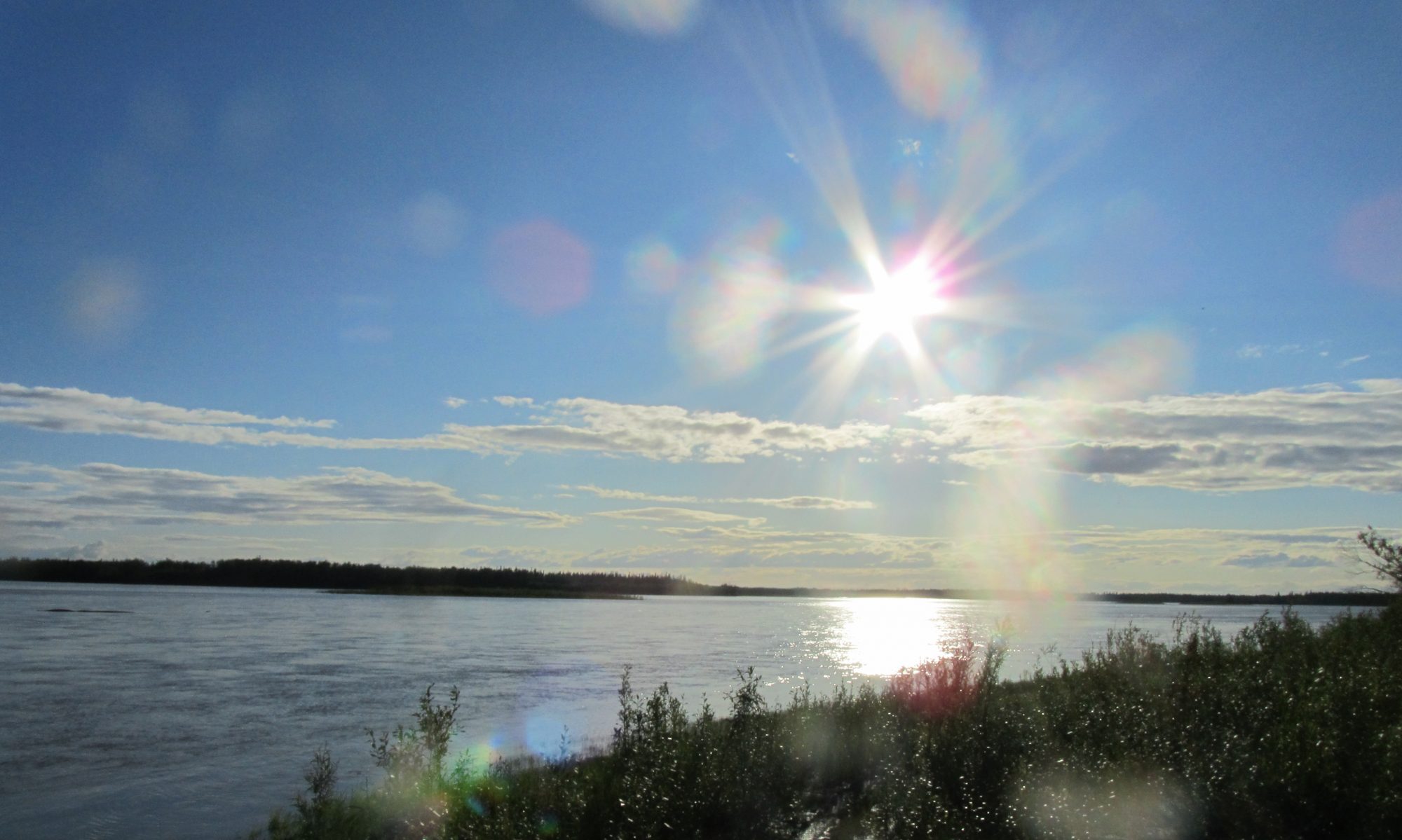“If a language is used by all ages, it is considered safe. If there are no speakers it is extinct.’ (UNESCO Pillars of Language Revitalization)
There are currently many different models of language programs in Alaska, Canada, North America and Internationally. What can we learn from what is already happening in other Indigenous communities? Next semester I am teaching ANS F393 Indigenous/Alaska Native Language and Culture Revitalization (registration information below)). In this class, we will explore issues of language loss and how cultural and language revitalizations is a source of healing and empowerment. We will explore examples of International Language Revitalization experiences and Alaska Native examples and perspectives. We will also explore different programs and methods being used in communities today. It is now up to us as the next generation to ensure our languages remain vital into the next century.
“It is estimated that, if nothing is done, half of the over 6,000 languages spoken today will disappear by the 21st century’ (UNESCO.org). Alaska Native communities and Indigenous people world-wide have been working hard to ensure their language is not one of those statistics. When I lived and worked in Canada, I witnessed how First Nation’s people are working to preserve, protect, and maintain their languages. I was lucky enough to travel to New Zealand with Hawaiian elders to observe how Maori people started Kohanga reo’s (“language learning nests’) to revitalize their languages. My own community is working to document our Tlingit language dialect. Recently we have suffered the loss of several fluent elders.
Maintaining a language is hard work; it will require everyone in the community to work together. Language has to be taught and used not only at school, but at business, at home, and in the community. A language is only considered “safe’ if it is used by all ages, from children on up; if everyone is speaking the language; if it is used in everyday places; if it is being used in a modern way via computer, internet; and materials are widely available and incorporated in schools (UNESCO Pillars of Language vitality). Richard Littlebear states in “Some Rare and Radical Ideas for Keeping Indigenous Languages Alive’:
“When the U.S. Government acted to silence our languages, it was acknowledging how our languages empowered and united us when we spoke them. By attempting to silence our languages, the U.S Government was exhibiting real fear of our languages’ (Rayhner el al: 1999).
Indigenous people argued that our languages is a human right and Richard Littlebear states that our “language is the basis of sovereignty’. Alaska Native people have won the right to have election materials translated into Gwich’in and Yupik. And our languages have been officially recognized. We need our languages to continue our ceremonies, rituals, songs and dances.
Spring semester registration for degree seeking students starts November 13, 2017.
ANS 393 Indigenous/Alaska Native Language and Culture Revitalization
T/R 5:10 to 6:40 on campus and by audio-conference for distance students.
- On campus section: ANS F393 FE1 (37226) class location BRKS 103
- Distance section: ANS F393 DD4 (37224) by audio conference
Rayhner et al. Revitalizing Indigenous Language. Flagstaff: Northern Arizona University 1999.
